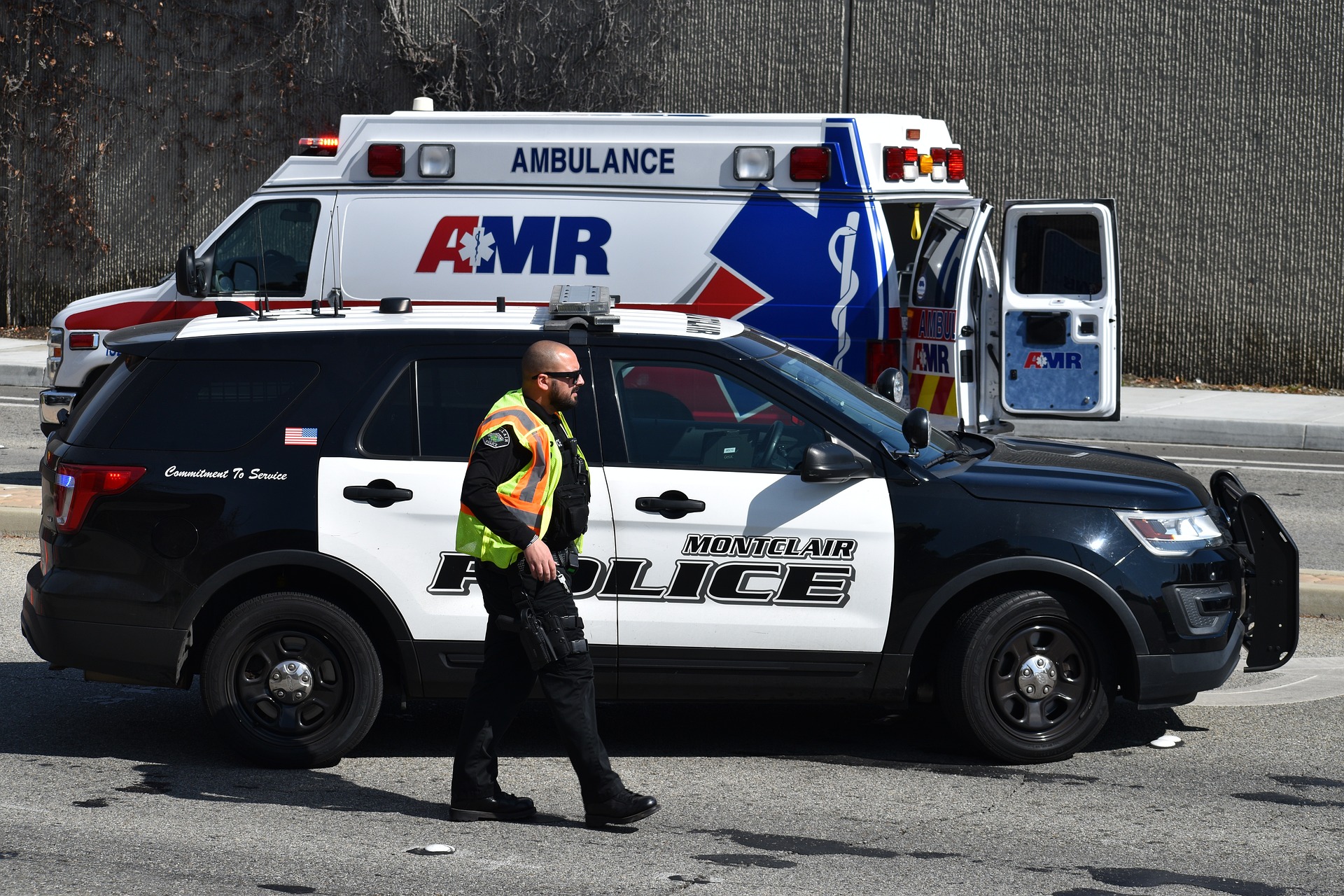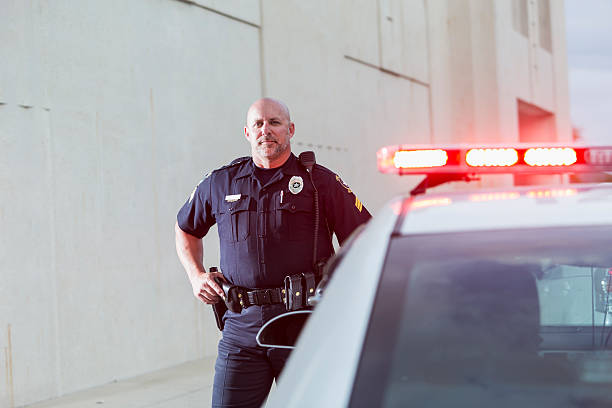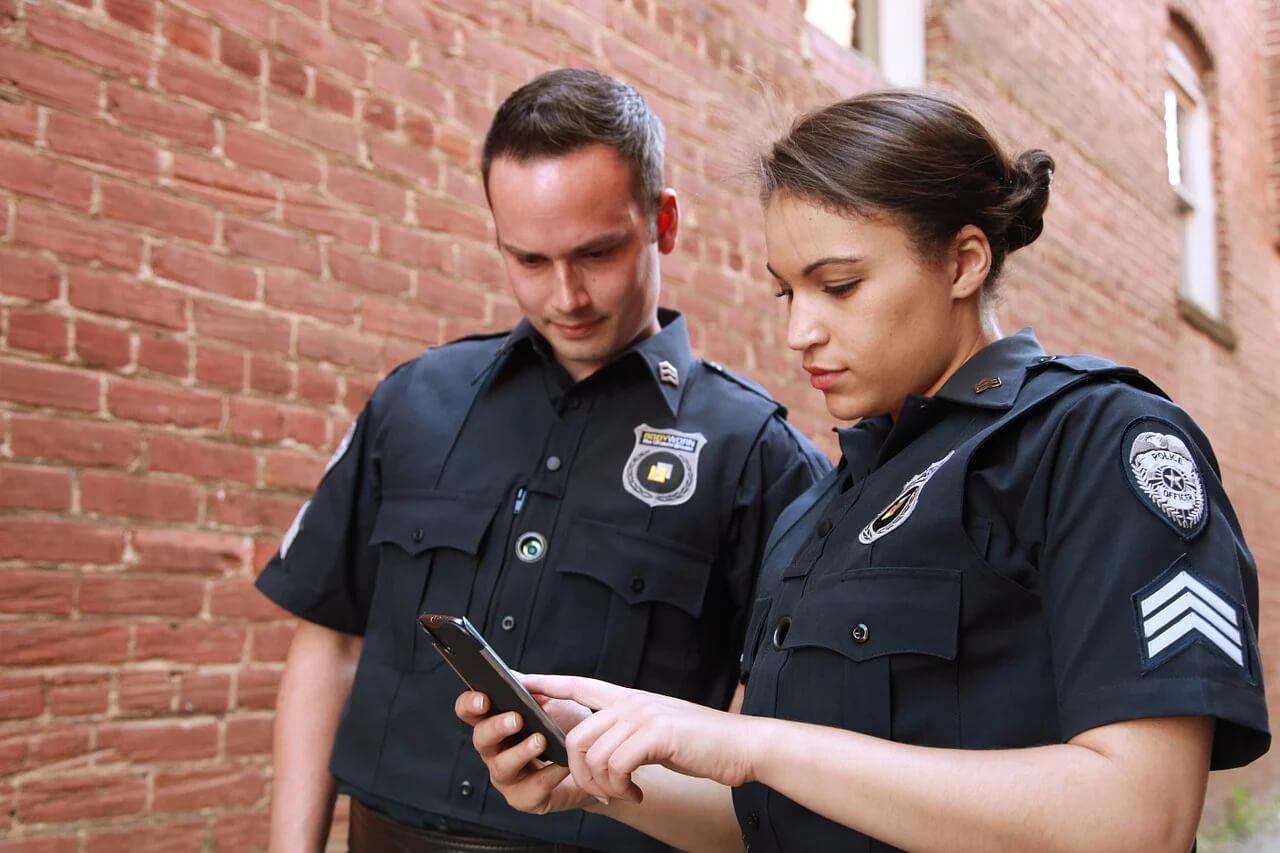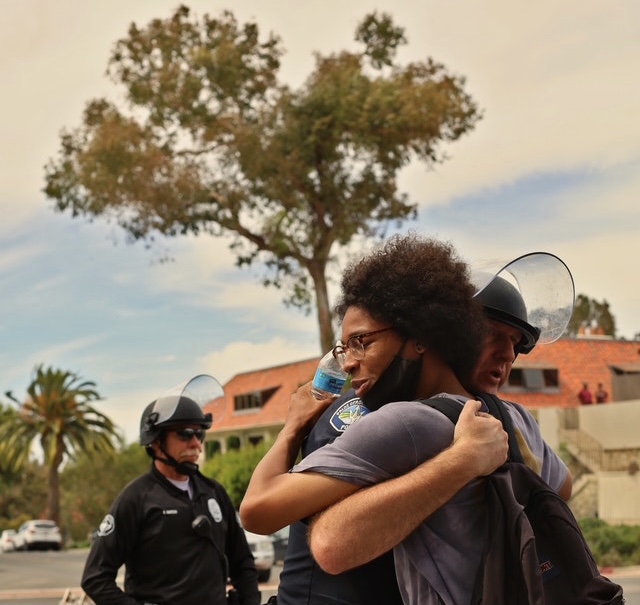Introduction
In a split-second, a routine call can turn into a critical incident that changes lives forever. Violent altercations, mass shootings, multi-fatality accidents, suicides, child deaths – police confront humanity at its worst daily. While communities recover over months and years, officers are often expected to compartmentalize trauma and immediately return to duty. But despite the resilience of the badge, critical incidents deeply impact officer well-being if not properly addressed. This guide examines the emotional, psychological, and behavioral aftermath of trauma exposure and constructive ways agencies can support personnel recovery. Let us repay our brave men and women for going beyond the call.
Acute Impacts
In the immediate hours and days post-incident, common psychological responses include:
- Shock, disbelief, numbness from the jarring experience. Natural coping mechanisms can temporarily override emotions.
- Elevated heart rate, blood pressure, adrenaline, and hypervigilance resulting from the body’s fight or flight response to trauma.
- Anger, guilt, sadness, helplessness upon replaying the event and second-guessing actions. Difficulty reconciling the tragedy.
- Isolation from friends and family who don’t understand the experience. Detachment and withdrawal begin.
- Insomnia due to rumination and hyperarousal preventing sleep. Nightmares are common.
- Appetite changes such as loss of appetite or emotional eating as routines are disrupted.
- Increased alcohol consumption or substance misuse to self-medicate against unpleasant emotions and memories.
Acute stress reactions subside for some officers while developing into larger issues for others. Proactive care is crucial either way.
Long-Term Impacts
Without processing and recovery, critical incidents haunt officers for years in the form of:
- Post Traumatic Stress Disorder – re-experiencing trauma through flashbacks, nightmares, and severe anxiety centered on the event. Emotional numbness and destructive coping methods like addiction may emerge over time.
- Depression – pervasive hopelessness, mood instability, anger, guilt, sadness, exhaustion, and loss of life meaning. Suicidal ideation possible in extreme cases.
- Acute Stress Disorder – inability to resume a normal life due to extreme trauma response involving disorientation, panic attacks, and erratic behavior.
- Complicated Grief – intense grieving of deceased victims or injured civilians/officers that impairs daily functioning. Exacerbated by self-blame.
- Hypervigilance and Paranoia – heightened anxiety, constant scanning for threats, disruptive sleep habits, and avoidance of people/places that bring flashbacks.
- Career Burnout – apathy, low motivation, cynicism, absenteeism, diminished performance, and potential resignation driven by accumulated trauma.
Without support, outcomes worsen – tragically including disproportionate rates of officer suicide after incidents.
Post-Incident Interventions
Evidence-based practices to mitigate trauma’s impact include:
- Mandatory post-incident leave time of 1-2 weeks, not just a few days. This recognizes trauma’s weight.
- One-on-one licensed counseling with therapists specially trained in police PTSD. Ensure total confidentiality.
- Peer debriefings where officers validate shared experiences and swap coping methods. Further ongoing peer check-ins.
- Group counseling sessions that foster camaraderie and healing through shared pain. Spouses included.
- Family education and counseling to bolster home support systems.
- Graduated return to work options with limited initial hours/duties if needed.
- Leadership check-ins and acknowledgment of the incident’s toll during roll calls and briefings.
- Referrals to specialized treatment resources like animal therapy, meditation, exercise-based programs, and EMDR.
- Anonymized department-wide surveys on the state of wellness and suggestions for improvement.
The severity of trauma requires an equally intensive and ongoing support response.
Long-Term Wellness Considerations
Beyond the initial response, agencies must take deliberate steps to safeguard personnel well-being through:
- Ongoing monitoring for emerging PTSD symptoms months later as issues can surface gradually. Conduct wellness checks at 6, 12, and 24 months post-incident.
- Voluntary reassignment away from incident location beats to prevent retraumatization.
- Recurring counseling and peer support touchpoints to process evolving feelings and experiences.
- Reintegration assistance easing the transition back to high-risk patrols through temporary ridealongs with trusted partners.
- Training refreshers on trauma coping before returning to full duty.
- Encouraging continued camaraderie through casual department events, sports teams, and social groups.
- First responder crisis intervention teams to provide critical incident aftercare and long-term support referrals.
- Anonymous surveys evaluating cultural attitudes on trauma, gauging program satisfaction, and pinpointing gaps.
Healing is a lifelong journey. Agencies must provide continuous resources to promote resilience.
Conclusion
While communities eventually recover from tragedy, police officers carry critical incidents with them – often silently. The acute and lasting devastation of trauma exposure demands a higher level of care from law enforcement agencies. Through mandatory leave, therapy, peer supports, gradual work resumption, and long-term monitoring, leaders can fulfill the obligation to help personnel heal from going beyond the call. But goodwill is not enough; these interventions require budget allocations, honest communication, program coordination, and culture change. The lives of our brave protectors are worth every ounce of effort. Their health and humanity must not become collateral damage of the job. What will you implement starting today to uphold our heroes beyond the call? Click here to survey your officers today.








